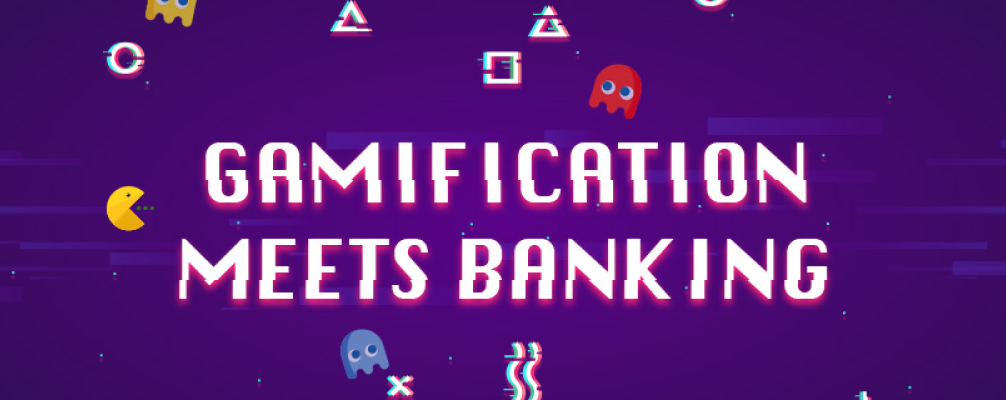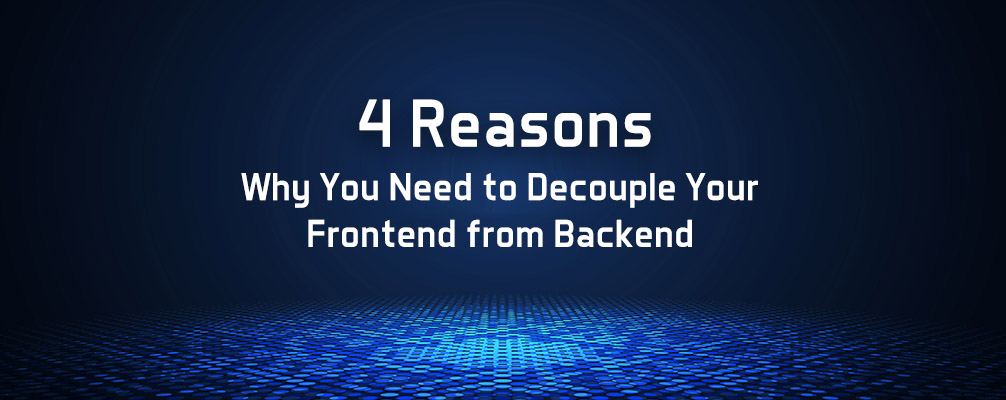
The word ‘game’ takes us back to the games of our childhood days, where we actively used to play games and sometimes tried to work around the rules to win creatively. If you remember those games with your friends, what element made them hold our attention? They weren’t a source of income, and definitely not a real career option. And yet they were highly engaging – in many cases, more engaging than reality itself. Times changed. We’ve all grown from being kids crazy for games to being professionals doing serious real work. But games still invoke the child within us. So what was that magic sauce?
Meet the basic foundation of modern day gamification.
Gamification is defined as the application of typical elements of games (such as point scoring, competition with others, rules of play) to other areas of activity, typically to encourage engagement with a product or service. (If you are a person who likes formulae, Gamification = Existing Environment + Game Mechanics.)
Gamification in essence attempts to combine work with fun, creating an exciting experience for the user.
The basic idea of gamification is to incorporate the elements, design, and principles of games into a non-game environment in order to engage, educate as well as bond with customers. It can be said to be one of the best ways to painlessly and cost-effectively drift towards increased usage of digital channels instead of physical. And digital channels, as anyone can agree, result in significantly reduced operational/processing costs.
The concept of gamification may sound interesting. But are you wondering how such a concept can be applied to a transactional and unrelated segment such as banking? The trick is simple – ultimately, you – a banker – are dealing with a user who most probably would love to re-live the fun part of his/her childhood.
Gamification is the not the product that you are selling them. Gamification is the process through which you are going to guide them to buy.
By offering a unique experience, you sustainably create more chances to make a sale; rather than waiting for demand to catch up with supply, you are creating demand.
The next question a bank would ask is: Why? I’m doing great, I have plenty of customers and plenty of offerings to keep them happy. Why should I be interested in gamification? The answer lies in the changing demographics of your customers. Enter the new generation – the millennials.
Remember the long queues in the banks a decade ago? Don’t expect millennials to follow the same path. For millennials, everything revolves around convenience.
Banks can no longer afford to sit back and wait for customers to come by themselves to open accounts or use any other products.
Banks can no longer take customer loyalty for granted. Millennial customers of today are spoilt for choice. Give them a better deal and they will change teams in a jiffy. The modern user is driven by quality of experience, and hence always seeks a better experience. Gamification is a great way to give them that better experience and engagement. Apart from just increasing engagement, loyalty and financial literacy can also be grown via gamification.
What’s the way forward?
Gamification is not something new. It has been gradually evolving for a century now. Customer loyalty programs, earning bonuses, and redeeming points – all of these are gamification in action.
Technology in the form of wearables, fitness apps, and trackers, has enabled tracking of fitness and health data at unprecedented levels of detail, and can generate valuable insights regarding users’ health and well-being. The same concepts translate into the financial services world as well. For example, banks can gamify customer-facing tools to improve customers’ understanding of their own financial health, and also allow them to monitor progress towards other aspects like personalised savings targets.
For example, a prominent American Bank is using gamification in the form of different applications by the help of which customers are able to keep a check on their financials as well as health simultaneously. They introduced an app that helps people achieve their desired behavior of saving money by using a person’s daily activities to trigger automatic savings.
In the same manner, Banks now-a-days are trying to gamify customers daily activities. Each activity triggers a small amount of savings automatically with no extra effort. Notifications provide an instant gratification.
Gamification is also an effective tool to inform people about financial products, and therefore show a way to meeting regulatory compliance obligations on things like risk disclosures.
There is practically limitless potential in this domain. A few banks have already identified this potential, and are actively working towards incorporating gamification into their strategy at a grand scale. More players in the industry are poised to do so. The question is, are you?
About Market Simplified: Market Simplified is a thought leader in revolutionising and digitising products for financial institutions by continuously innovating and simplifying finance. We empower our customers with a cutting-edge digital experience that is highly personalised and enhanced for the end users with our ‘Experience Engineering’ platform driven by Analytics, AI, Machine Learning, and Blockchain technologies. Our clientele includes industry leaders like OptionsXpress (Charles Schwab), Currenex (State Street), MB Trading, Maybank Kim Eng, Kotak Mahindra Bank, National Stock Exchange of India, and many others across the globe.
About the author: Deepti hails from the Business Development team at Market Simplified and her business card reads Business Development Executive. She is obsessed with wanderlust and never says no for trips and tours. She claims herself a foodie and cooks well too.


;)

